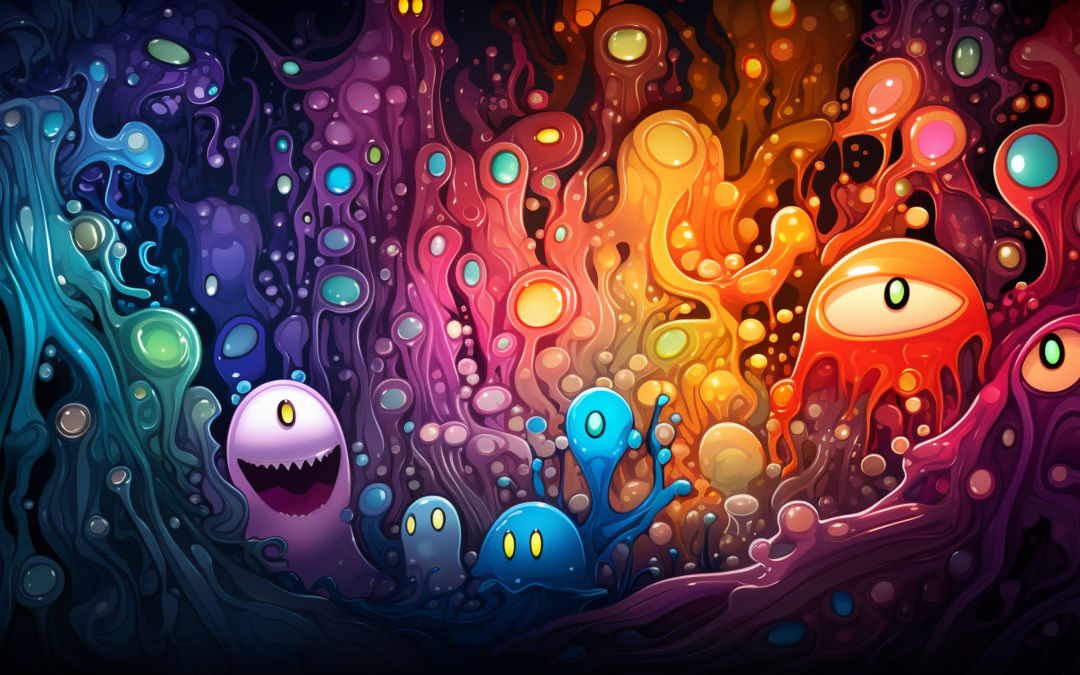Today, we need creativity more than ever. With fierce competition anywhere you look, the way to stand out is with an approach unique enough to achieve what others couldn’t. There are many ways to make this process more fruitful, and one of the methods that is becoming increasingly popular is design thinking.
Despite what the name might indicate, it is a tool all of us can benefit from, not just artists. It has been explored by some of the leading companies, such as Apple and Microsoft, who have seen it produce outstanding results. After many schools and universities, including Harvard and MIT, picked it up, more and more people started to see how impactful it can be.
What is design thinking?
Design thinking is all about humans. Using this approach, we come up with solutions to various problems thinking about those who will ultimately benefit from them. This customer-centricity allows you to develop ideas based on what the end-user really wants and needs, making the world a better place and growing your organization in the process.
It is helpful in tackling many different challenges, no matter who or what is on the other side. Whether you create something for individuals, groups of people, or even non-humans, design thinking can significantly boost your creativity and allow you to come up with ideas that would otherwise never see reality.
The design thinking process
If you want to get the most of anything, there always is a certain structure for you to follow. Similarly, in order to fully leverage the power of design thinking, it is a good idea to use a framework created specifically to make your creative life easier. It consists of steps you should go through to achieve optimal results and efficiently manage your time and energy. There are many exercises that you can find online and in books that will guide you through each step. At the foundation, there are some core principles to help you along the way.
Ask the right questions
The first step is always to answer your whats and whys. Think about what the users want and need or ask them directly and learn from the source itself if you have a chance. Gather as much information as possible, as everything that follows will be based on this step. Remember to only ask valuable questions to avoid noise that can get in your way later.
Generate ideas
Now that you know how the status quo isn’t satisfying enough, it is time to think about how you can get into the picture. There is no recipe for a perfect brainstorming session, and you can use any technique your team does best with. Try to come up with as many ideas as possible, keeping in mind that there are no wrong answers, and even a seemingly useless solution can help you with the final product in some way.
Turn it into reality
Once you have a fairly long list of ideas, it is time to pick a few of them and make prototypes. You might see that some things didn’t go as you expected, which will often require slight adjustments in the process.
Depending on your technical and financial means, you can either use one or multiple ideas in this step. Make sure to only get the core functionalities to assess its usability in general without wasting many resources.
Analyze
With a prototype ready and working, let the people decide how it performs. Start with your own team and look for any vulnerabilities you might have overlooked. Then, give it to those who will ultimately benefit from your invention. Ask them for as much feedback as possible to help you better understand what went right and what didn’t. When you are ready, go back to your design thinking workshop and repeat the process until everybody involved is fully satisfied with the outcome.
The science behind design thinking
One of the early signs that design thinking can be used as a unique way of problem-solving dates back to 1982. In his seminal paper titled “Designerly ways of knowing,” a British academic and researcher by the name of Nigel Cross compared the approaches of science and architecture students to see how they tackle challenges ahead of them.
Asking them to arrange colored blocks based on a set of rules, he noticed that science students explored every combination available to them before actually doing anything. On the other hand, designers quickly created new arrangements of blocks, only then checking if they fit the requirements, eliminating those that didn’t.
Many more studies followed, proving the distinction between the two. It was then that companies started to explore the possibilities of this approach seeing for themselves that it allowed them to come up with much more original ideas creating solutions that often suited their needs better than the science-based ones.
Implementing design thinking at your workplace
Design thinking is very versatile, and everybody can benefit from it. Because of that, many companies from different industries constantly try to use it in their processes. It all begins with making the employees familiar with the topic and how it works so that they can fully understand and prepare for what is to come.
With the right mindset in place, it is time to get to work. Using the steps described above, try to solve the problems at hand using the design approach. Allow yourself for mistakes as doing something for the first time will rarely come out perfect. Acknowledge that there always is room for improvement and guide your team on the new path.
The bottom line
As a proven method to help you develop innovative ideas, the design thinking process has taken the world by storm. It is now used by companies, students and others looking for a new approach to their problems.
Because it is relatively easy to implement, you can give a design thinking workshop a try today and unlock new possibilities ahead of you and your team that will later benefit the whole world and change the way we see it.




